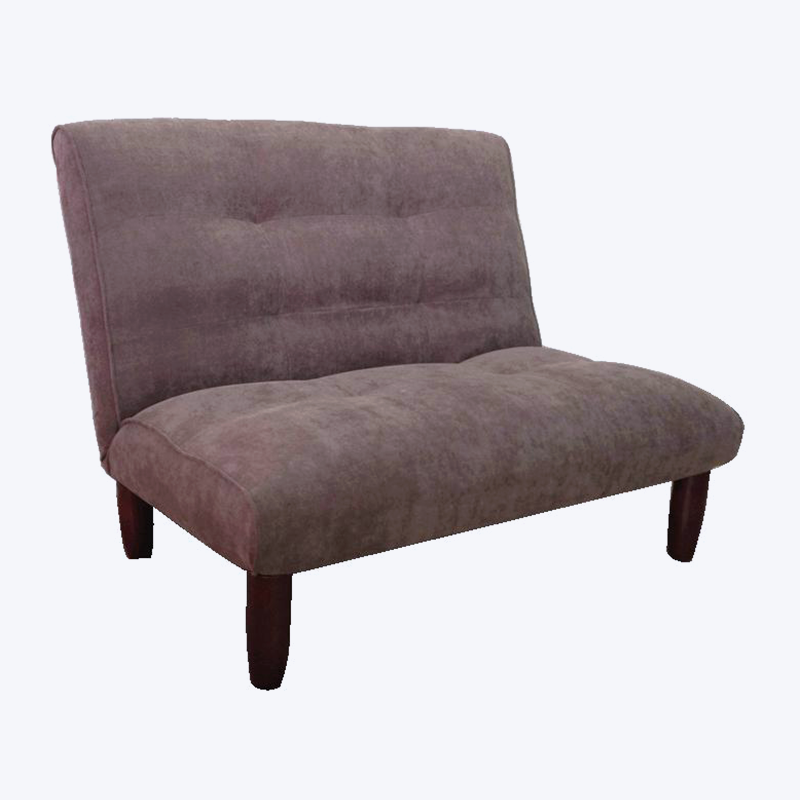The support structure of an
armless bench sofa is a critical component that ensures the sofa's stability, comfort, and durability. The support structure includes several key elements:
Frame: The frame forms the sofa's structural skeleton. It can be made from various materials, including hardwood, plywood, or metal. Hardwood frames are known for their strength and durability. Proper joinery techniques, such as mortise and tenon joints or metal brackets, are used to connect the frame components securely.
Seat Support: Beneath the seat cushions, you'll find the seat support system. This system helps distribute weight evenly and provides a comfortable seating surface. Common seat support options include:
Sinuous Springs: These are S-shaped springs that run horizontally across the frame. They provide a flexible and supportive base for the cushions.
Webbing: Elastic webbing or straps are stretched across the frame, creating a supportive foundation for the cushions. High-quality webbing should be durable and resistant to sagging.
Coil Springs: Some armless bench sofas use individual coil springs within the seat cushion to offer targeted support and resilience.
Cushions: The cushions themselves play a role in the support structure. High-density foam or other supportive materials are used to create comfortable and durable seat and back cushions. The type and thickness of the cushioning can affect the sofa's overall comfort and longevity.

Padding: In addition to the cushions, padding is often added to the frame and arms (if present) to provide extra comfort and protection. Padding materials can include foam, batting, or fiberfill.
Legs: The legs of the sofa contribute to its stability and support. They should be securely attached to the frame and positioned to evenly distribute the weight. Wider legs or a central support leg can enhance stability.
Bracing and Reinforcement: Depending on the sofa's design, there may be additional bracing or reinforcement elements to strengthen the frame and prevent wobbling or sagging.
Fabric or Upholstery: The fabric or upholstery covering the sofa can also play a role in support. Durable upholstery materials help maintain the sofa's shape and resist wear over time.
Assembly and Attachment: Proper assembly and attachment of components are crucial for the support structure's integrity. Manufacturers typically provide detailed assembly instructions to ensure the sofa is put together correctly.












